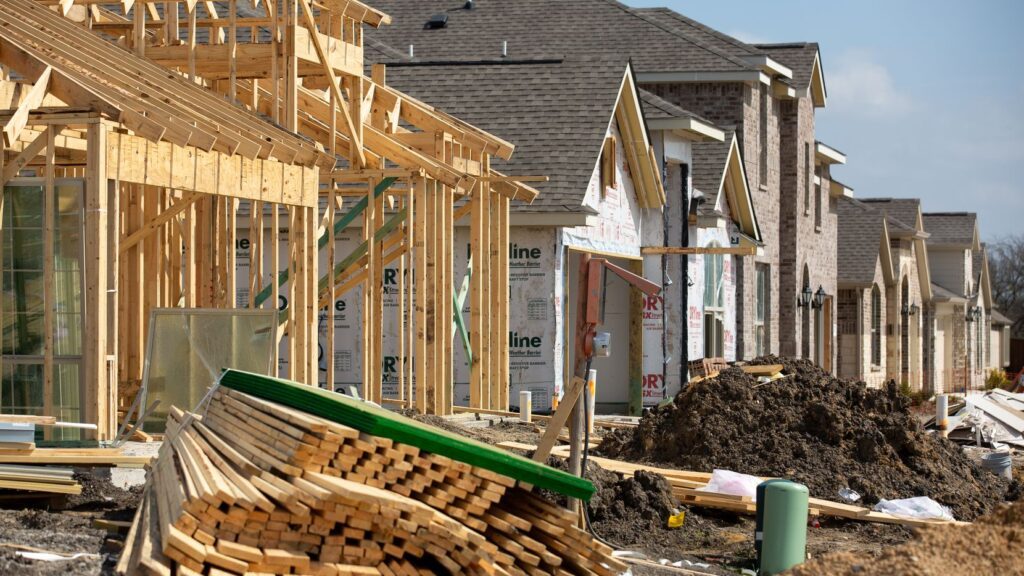Sales of new homes dipped in February amid shortages of both building materials and labor. Those challenges also impacted on new home supply, which remains tight as ever. While demand from buyers remains high, builders are struggling to add more inventory of new home sales.

Data from the U.S. Census Bureau and the Department of Housing and Urban Development published this week shows that sales of new single-family homes came to a seasonally adjusted annual rate of 772,000 in February, down just over 2% from January and by 6.2% from the same month one year ago.
The good news is that new home sales are still above pre-pandemic levels. In addition, new home sales rose quite substantially in the Northeast, up by 59.3% from the previous month. New home sales also increased by 6.3% in the Midwest. However, those gains were canceled out as sales in the South fell by 1.7%, while new home sales in the west dropped more than 13%.
Zonda Chief Economist Ali Wolf told BUILDER that many buyers who wouldn’t normally consider a new home are doing so because inventory in the existing home market is still critically low.
“With resale inventory so low and rental occupancy rates high, the new-home market is close to the only game in town,” Wolf said in an interview. “The problem is, the new-home market is running into its own inventory shortages as well. Home sales would be higher if we had more homes for sale and more builders willing to sell them, but for now, the ongoing material and labor shortages are holding the market back from full potential.”
Higher home prices and rising mortgage rates also may start to sideline more potential buyers. The median sales price of a new home jumped 10.7% from a year ago, reaching $400,600 in February. The average sales price was $511,000. New-home prices have increased 31% compared to three years ago.
“We may be approaching a pivot point when higher home costs and higher mortgage rates cool both sales and price increases, but given the supply-and-demand imbalance, we may not hit that point this year,” Robert Frick, corporate economist at Navy Federal Credit Union in Vienna, Virginia, told Reuters.
Builders also are facing an all-time high in a backlog of homes that are approved for construction but not yet started. They say delays are caused by higher prices and shortages of common construction materials like lumber for framing, cabinets, garage doors, countertops, and appliances.